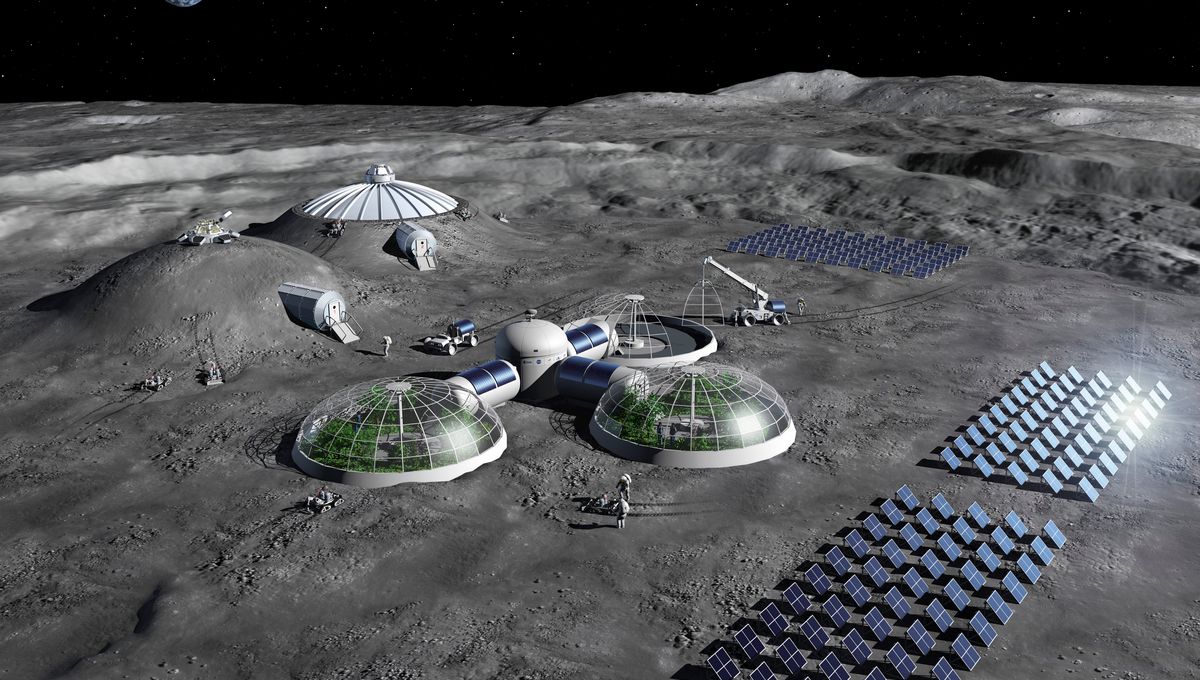
The return of humans to the Moon is hopefully just a few years away, and the goal this time is to establish a continuous presence on our natural satellite. Crucial to that is the human ability to use resources found on the Moon – and the big one is water. There is water on the Moon, but extracting it and purifying it is a big task. Luckily, there are people who are up for the challenge.
It is a challenge indeed: the AquaLunar Challenge. This is an international project done in collaboration between the UK Space Agency and the Canadian Space Agency. The total prize is £1.2 million, split between a UK track and a Canadian track. The funding is not envisioned to build and deploy the technology, but to put forward intriguing prototypes. The UK has announced its 10 finalists, with a winner and two runner-ups being selected next year.
Of course everything we do for space, we want it to help us here on Earth as well
Dr Meganne Christian
“We’ve had a first-round where a number of teams submitted their ideas for [the Challenge]. Then we had a judging panel and we have chosen 10 which will go ahead. They’ve got £30,000 each to create a prototype or whatever they can in the next few months and then we’ll choose a winner and two runners up and they’ll share in £300,000,” Dr Meganne Christian, UK Space Agency reserve astronaut and chair of the Aqualunar Challenge judging panel, told IFLScience.
The finalists have various ideas on where they get the water from: the dirty ice buried in craters that have never seen sunlight or from the lunar soil itself, the regolith. They have multiple ways to purify the water, such as centrifuges, plasma, sound waves, and intense heat. The ideas are bold for sure.
Even with the winnings, the prototype won’t be immediately ready to ship to the Moon. However, it might be an important next step for the future habitation of the Moon. Before it gets to the Moon, it might be deployed to purify water and make it drinkable here on Earth.
“Absolutely that is one of the goals,” Dr Christian told IFLScience. “That is a big part of the challenge as well because of course everything we do for space, we want it to help us here on Earth as well. Anywhere you need light, compact water-purifying devices, this will also have a good impact there. That might be in remote communities, or for industrial runoff, or many different types of possible applications.”
There have been some fascinating proposals lately on how to best use what we find on the Moon. From creating roads using lasers and lenses to having flexible rail tracks that can be used by robots, to 3D printing bricks using regolith… well, at least in LEGO form for now.
“All these really creative things are quite exciting things to see for the future of when we are going to have humans living and working on the Moon again. And that’s just a small part of what’s going to be a whole entire ecosystem. The first thing that we that we are doing is building a communication navigation system in orbit around the Moon.”
Such a program, called Moonlight Initiative, is being developed by the European Space Agency, in collaboration with other organizations such as the Italian Space Agency, the UK Space Agency, and NASA.
Source Link: Getting Water And Fuel Out Of The Moon Is A Step Closer Thanks To These Projects